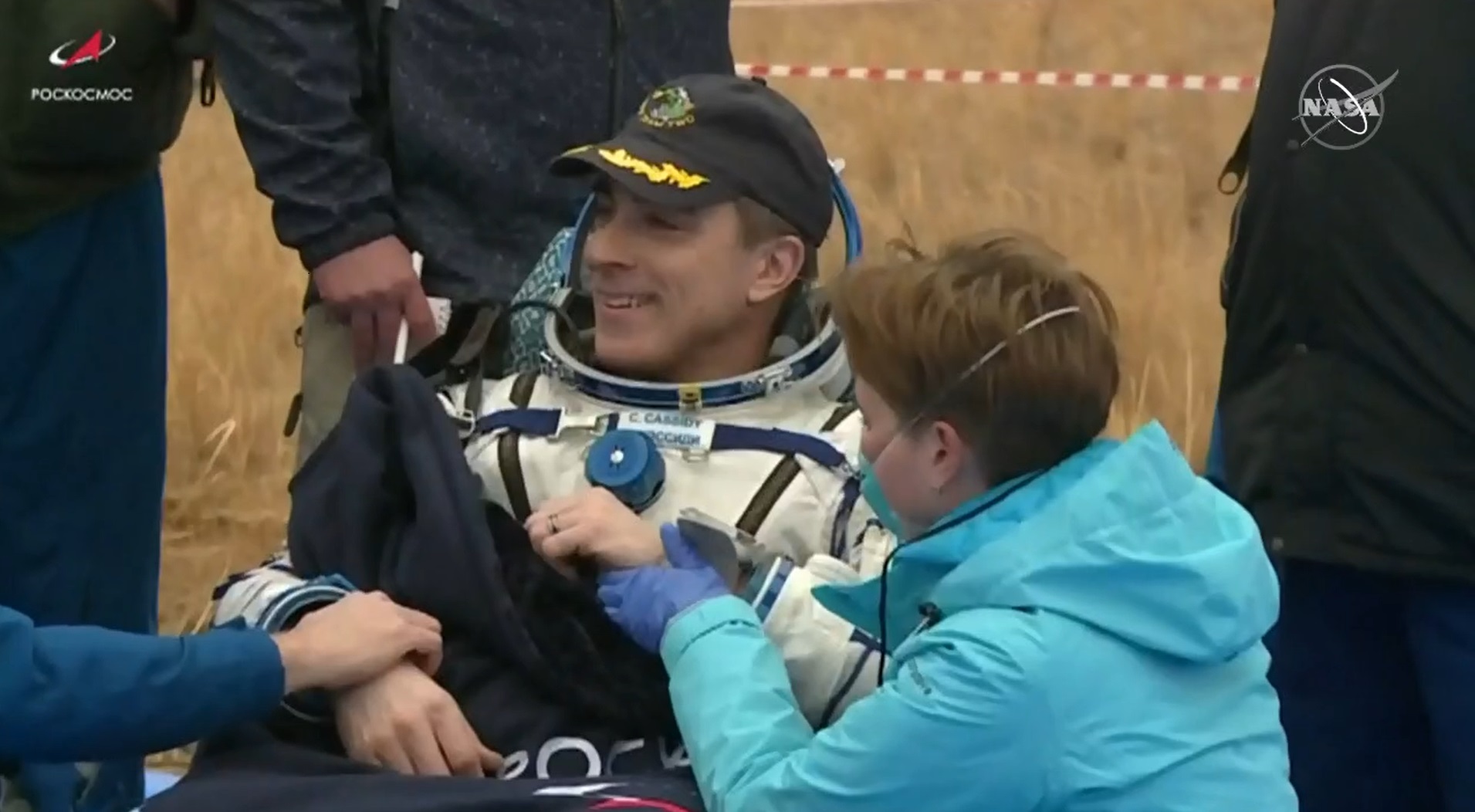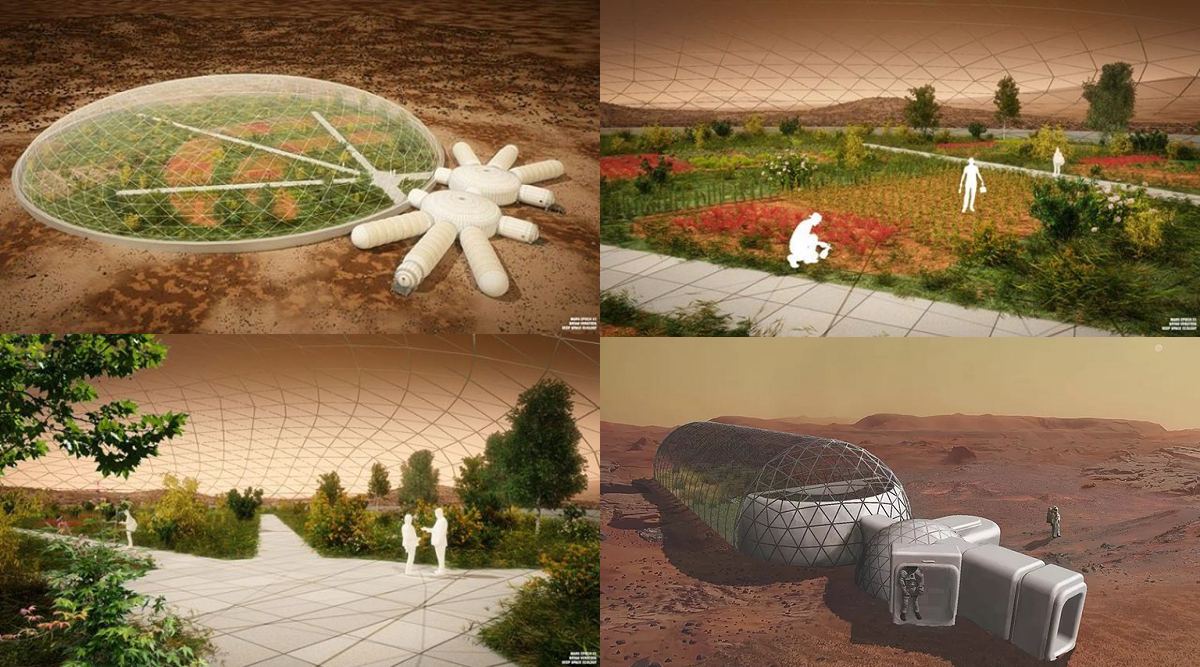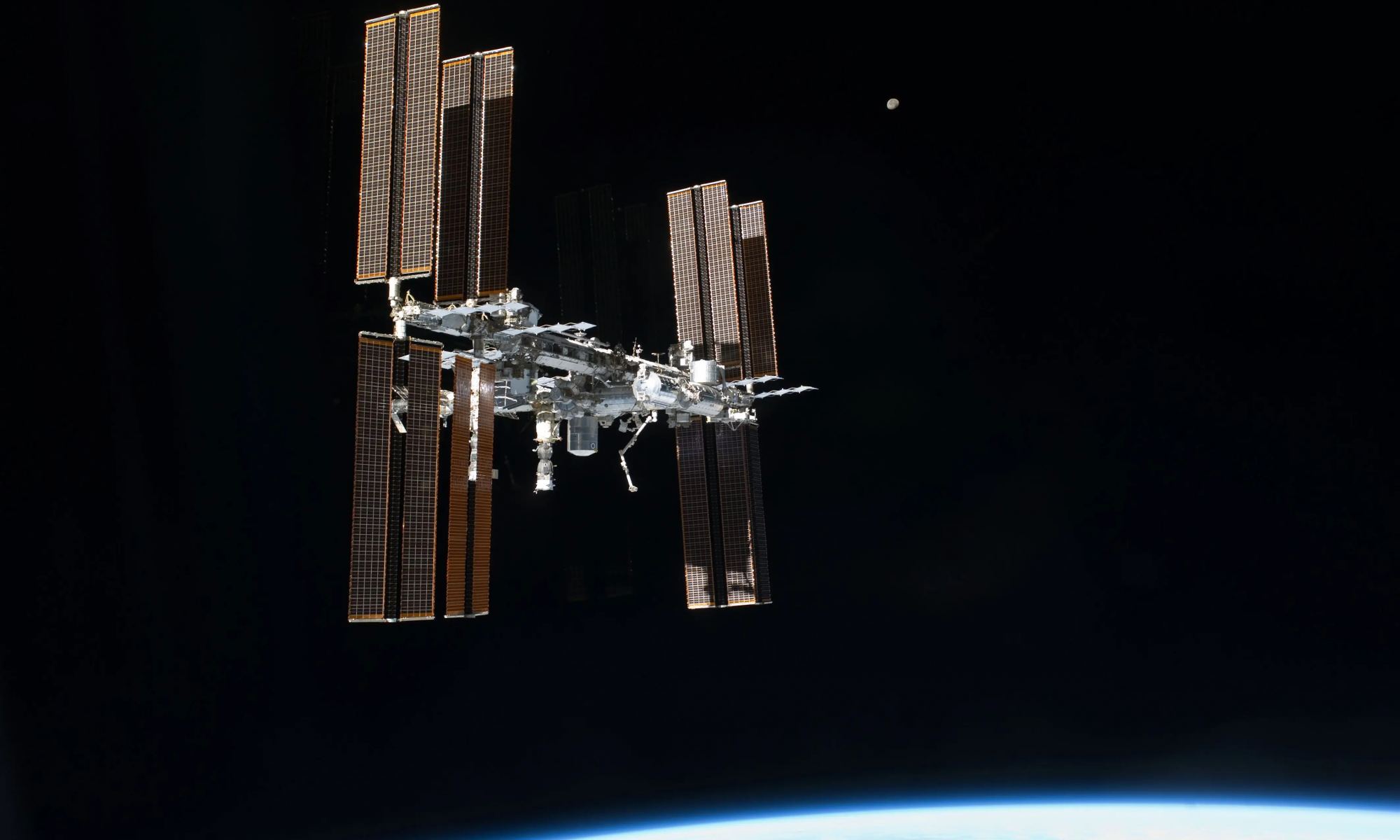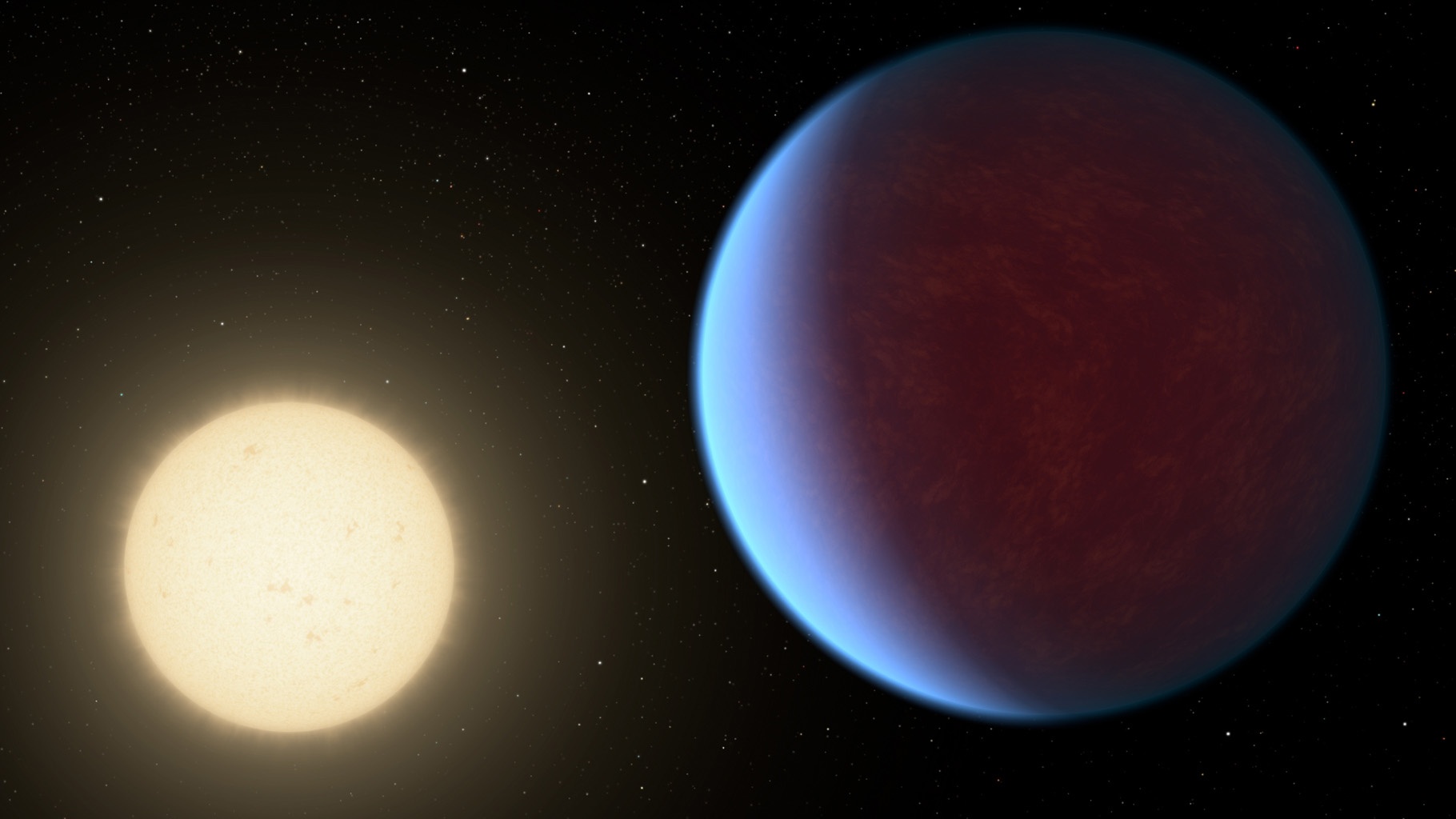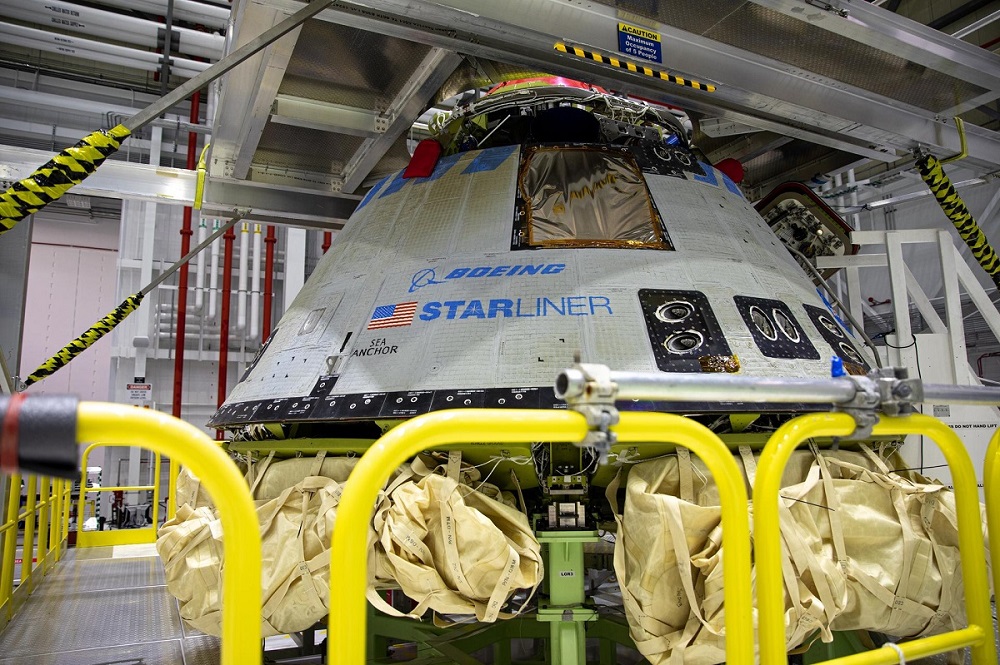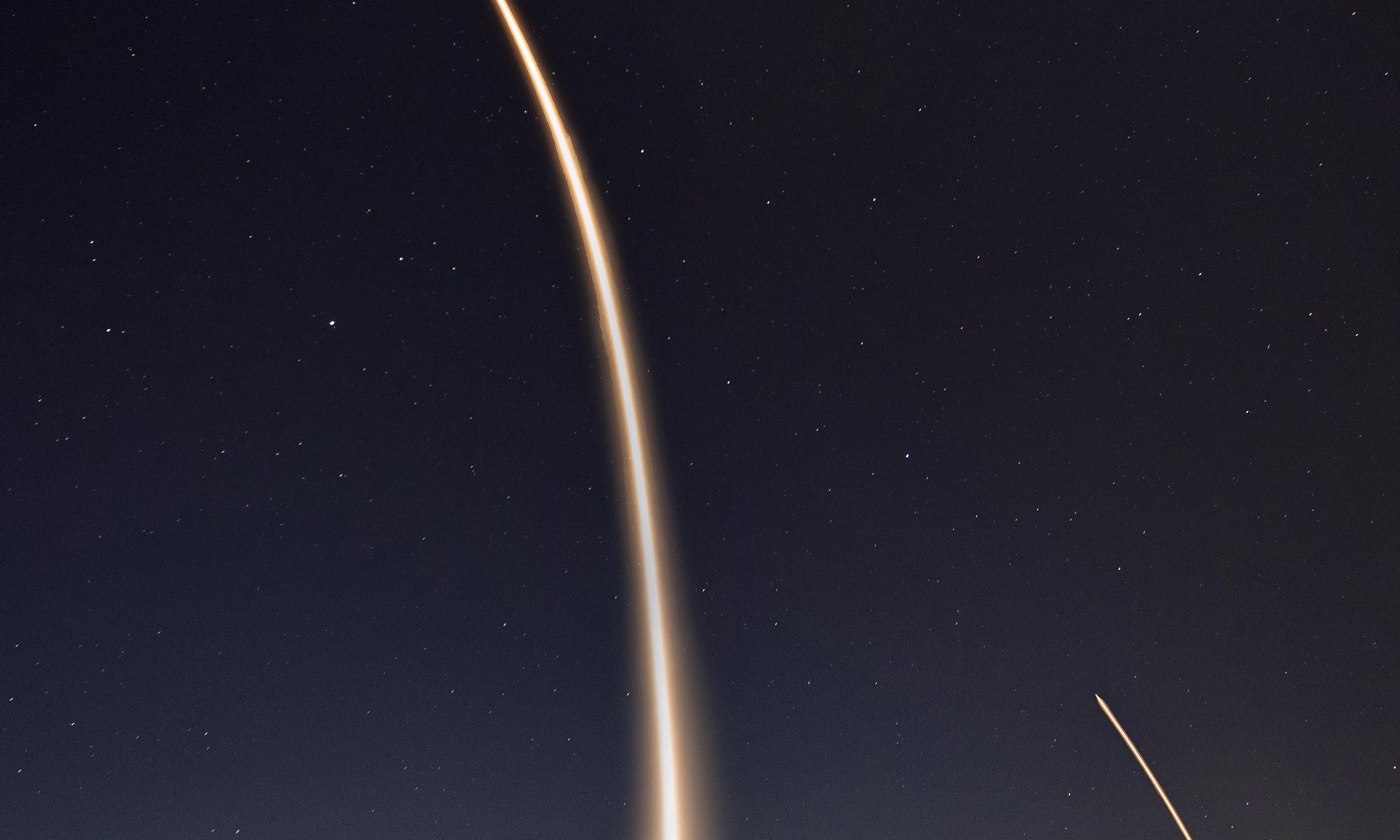On the evening of Wednesday, Oct. 21st, the crew of Expedition 63 finally returned to Earth after spending 196 days in space. It all began when NASA astronaut Chris Cassidy (commander) and Russian cosmonauts Ivan Vagner and Anatoly Ivanishin (both flight engineers) departed the International Space Station (ISS) aboard their Soyuz spacecraft at 07:32 PM EDT (04:32 PM PDT) and landed in Kazakhstan by 10:54 PM EDT (07:54 PM PDT).
Continue reading “ISS Crew Return Safely to Earth”What Martian Settlers Need to Know About Soil Can Teach us How to Grow Better on Earth
When human beings start living in space for extended periods of time they will need to be as self-sufficient as possible. The same holds true for settlements built on the Moon, on Mars, and other bodies in the Solar System. To avoid being entirely dependent on resupply missions from Earth (which is costly and time-consuming) the inhabitants will need to harvest resources locally – aka. In-Situ Resource Utilization (ISRU).
This means they’ll have to procure their own sources of water, building materials, and grow their own food. While the ISS has allowed for all kinds of experiments involving hydroponics in space, little has been done to see how soil fares in microgravity (or lower gravity). To address this, Morgan Irons – Chief Science Officer of the Virginia-based startup Deep Space Ecology (DSE) – recently sent her Soil Health in Space experiment to the ISS.
Continue reading “What Martian Settlers Need to Know About Soil Can Teach us How to Grow Better on Earth”The Crew of the ISS has Found the Source of the Station’s Air Leak
It’s no secret that the International Space Station (ISS) has had a problem with leaks for more than a year. While pressure loss is a perpetual issue, officials noticed an increase last September, which became more serious over the past summer. As of August, the crew began a hard-target search for the source of the leak, eventually narrowing it down to the Zvezda module in the Russian section.
Thanks to an ongoing search over the past two months, the crew has finally pinpointed the leak using a novel detection method. Simply put, they released tea leaves into the Zvezda module and followed them to the source! According to a statement by Roscosmos, the crew of Expedition 63/64 has patched the hole with some heavy-duty tape they had aboard the station. Talk about DIY repairs!
Continue reading “The Crew of the ISS has Found the Source of the Station’s Air Leak”The Oxygen Supply has Failed in the Russian Zvezda Module of the ISS. Don’t Worry, the Astronauts aren’t in Danger, but the Station is Showing its Age
In November of 1998, the first modules of the International Space Station (ISS) were launched into orbit, and the first crew arrived almost two years later. With almost twenty years of hosting astronauts from all over the world, the ISS holds the record for the longest continuous human presence in Low Earth Orbit (LEO). After all that time, the ISS is beginning to show the signs of age.
Back in August, the ISS crew reported there was a leak in the Zvezda module. By Sept. 29th, Roscosmos announced that the crew had found the source of the leak, but determined it was worse than previously thought. In the latest news, Roscomos announced on Wednesday (Oct. 14th) that the oxygen supply system has failed on a Russian segment of the ISS, but reassured everyone that the crew are not in danger.
Continue reading “The Oxygen Supply has Failed in the Russian Zvezda Module of the ISS. Don’t Worry, the Astronauts aren’t in Danger, but the Station is Showing its Age”The Air Leak on the International Space Station is Worse Than Previously Believed
On Tuesday, Sept. 29th, the Russian State Space Corporation (Roscosmos) announced that astronauts aboard the International Space Station (ISS) had found the source of a suspected leak. The crew of Expedition 63 – NASA astronaut and Commander Chris Cassidy and Russian cosmonauts Anatoly Ivanishin and Ivan Vagner – had been searching for this leak since August, and determined that it was “beyond expected levels.”
Roscosmos also said in a statement that “it was established that the spot is located in the Zvezda (star) service module, which contains scientific equipment.” They also emphasized that the leak “is not dangerous for the life and health of the ISS crew and does not prevent the ISS continuing manned flight.” Nevertheless, the amount of atmosphere lost may require additional oxygen to be pumped into the station.
Continue reading “The Air Leak on the International Space Station is Worse Than Previously Believed”Astronauts Come Back to Earth on August 2nd, Completing the Full Crew Dragon Test
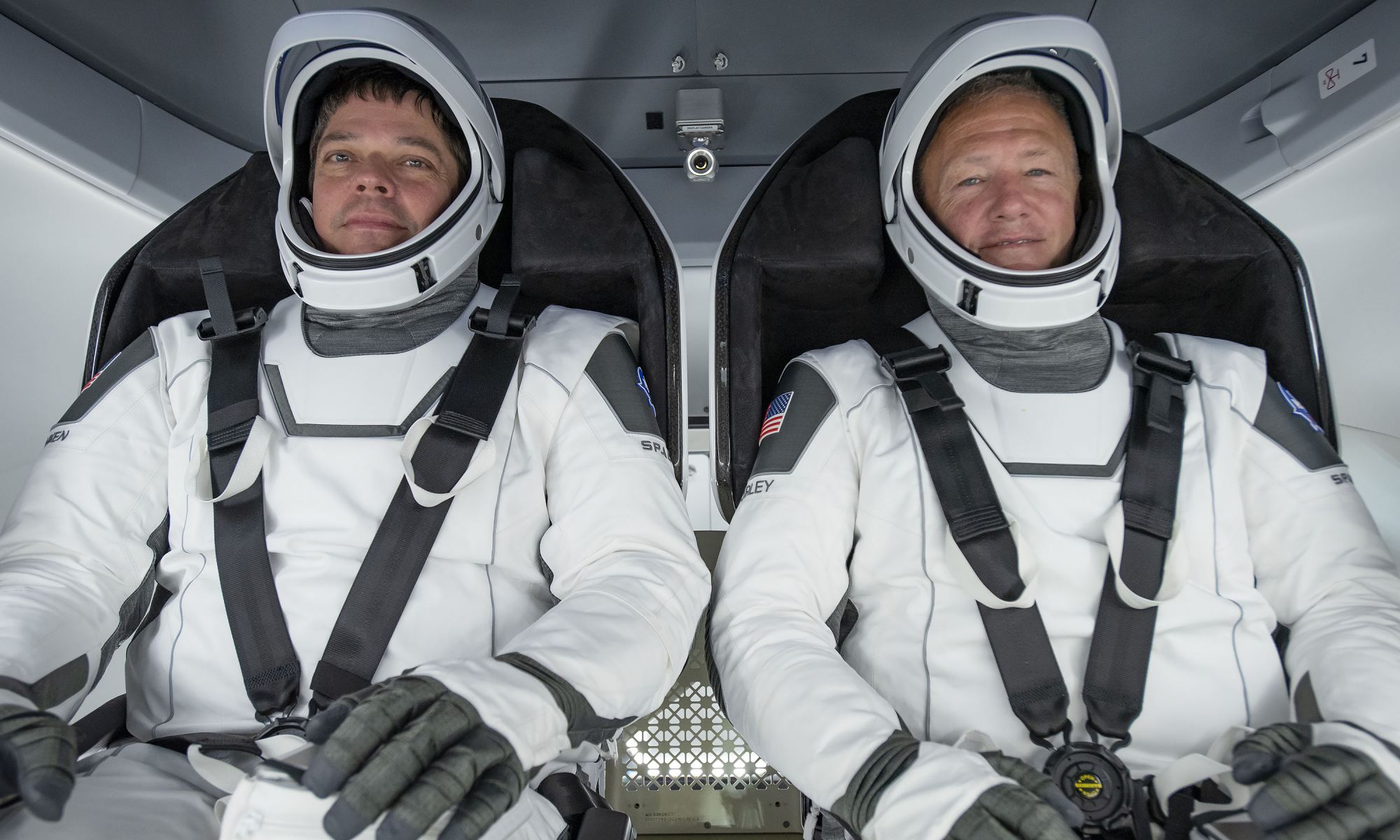
On May 30th, SpaceX and NASA made history when a Crew Dragon spacecraft carrying two astronauts (Robert Behnken and Douglas Hurley) launched atop a Falcon 9 rocket and rendezvoused with the International Space Station (ISS). With this one flight, NASA and SpaceX demonstrated that the US once again has domestic launch capability, something they have not enjoyed since the retirement of the Space Shuttle in 2011.
In one week, Sunday, August 2nd, Robert and Douglas will be returning to Earth using the same Crew Dragon spacecraft (named Endeavour) that took them to the ISS. This is the most crucial part of Demo-2 flight, where the spacecraft is tasked with bringing the astronauts home, safe and sound. As you can imagine, there are a lot of people who are understandably nervous, not the least of which is SpaceX founder Elon Musk.
Continue reading “Astronauts Come Back to Earth on August 2nd, Completing the Full Crew Dragon Test”Tiny Cubesat Detects an Exoplanet
In the past decade and a half, a total of 4,164 thousand planets have been discovered beyond our Solar System, while another 5220 await confirmation. The majority of these were detected by the venerable Kepler Space Telescope, while the remainder have been observed by the Transitting Exoplanet Survey Satellite (TESS) and a combination of other satellites and ground-based telescopes.
But in what is a new record, a known super-Earth was recently observed by the Arcsecond Space Telescope Enabling Research in Astrophysics (ASTERIA) small satellite – making it the smallest observatory to spot an exoplanet. Led by a team from the Massachusetts Institute of Technology (MIT), this mission has demonstrated that small satellites can perform complex tasks in space normally carried out by large observatories.
Continue reading “Tiny Cubesat Detects an Exoplanet”This is Foam, Made in Space
Say hello to Space Foam.
The ESA has a science lab on the International Space Station called Columbus. Inside that lab is the Fluid Science Laboratory, dedicated to studying the behaviour of fluids in microgravity. Currently, that lab is being used to study a substance most of us probably don’t spend much time thinking about: foam.
Continue reading “This is Foam, Made in Space”NASA tells Boeing to Make 61 Corrective Actions to Starliner Before the Program can Continue
With the retirement of the Space Shuttle in 2011, NASA has become dependent on its Russian counterparts to send and return astronauts to the International Space Station (ISS). Hoping to restore domestic launch capability to American soil, NASA has contracted with aerospace developers like SpaceX and Boeing to develop crew-capable spacecraft, as part of their Commercial Crew Program (CCP).
After years of development, Boeing managed to get their CST-100 Starliner ready for its first uncrewed test flight on December 20th, 2019. Unfortunately, a hiccup occurred during the mission that prevented the spacecraft docking with the ISS. After an independent review of the mission, NASA and Boeing have determined that 61 corrective actions need to be taken before the Starliner can fly again.
Continue reading “NASA tells Boeing to Make 61 Corrective Actions to Starliner Before the Program can Continue”SpaceX Launches its Last Dragon 1 Mission to the ISS
On Friday, March 6th, as part of the company’s 20th Commercial Resupply Services (CRS-20) mission, SpaceX launched a Dragon 1 capsule destined for the International Space Station (ISS). The mission involved the transport of supplies, as well as materials related to the more than 250 science investigations taking place aboard the ISS. More than that, it represented a milestone for the aerospace manufacturer.
Continue reading “SpaceX Launches its Last Dragon 1 Mission to the ISS”
